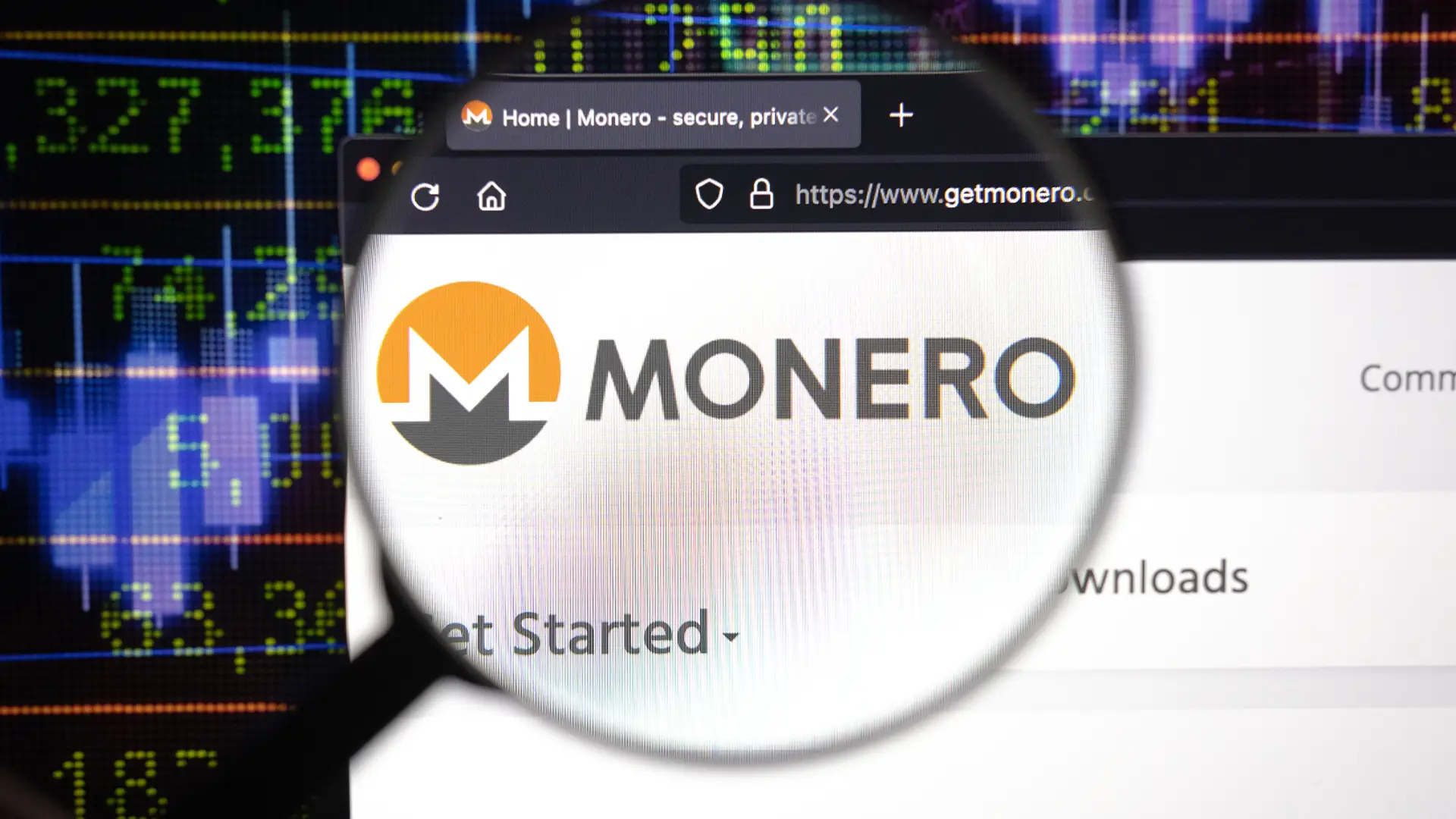Key Takeaways
- Monero has reported that hackers stole XMR worth over $400,000.
- Hackers took that amount from a community crowdfunding wallet.
- A Moonstone Research post-mortem analysis flagged transactions that could identify the perpetrator.
- By tracing the flow of XMR, Moonstone highlights limitations to Monero’s privacy.
Monero is considered by many to be the gold standard for privacy coins, but that hasn’t stopped experts in blockchain analysis from attempting to trace XMR transactions.
To date, efforts to crack the token’s privacy features have been largely unsuccessful. But following a hack that drained a community crowdfunding wallet, serious doubts now cast Monero’s ability to guarantee users’ anonymity.
Monero’s Privacy Undermined By Wallet Hack
Monero users consider the token’s most crucial feature to be the inability to connect incoming and outgoing transactions, making it impossible to track the movement of funds from wallet to wallet.
But after Monero’s core development team recently reported that hackers had drained XMR worth over $400,000 from a community crowdfunding wallet, postmortem analyses have highlighted limitations to Monero’s privacy.
Comment
byu/johnfoss68 from discussion
inMonero
Unlike more transparent blockchains like Bitcoin and Ethereum, Monero intentionally introduces complexity and ambiguity to prevent snoops from identifying the source and destination of funds in any given transaction.
However, in its analysis of the recent XMR heist, Moonstone Research identified three transactions that are “very likely to have been sent by the original attacker.”
While Moonstone’s discovery could help the Monero community recover the stolen funds, the fact that the company was able to track their movement with such a high degree of certainty challenges the idea that XMR transactions are untraceable by default.
Blockchain Detectives More Able To Trace XMR Transactions
When Monero launched in 2014, it quickly gained support among privacy advocates for its ability to obscure transaction details from public view. But in the years since then, Moonstone and other blockchain analytics firms have developed techniques that open a window into XMR flows.
Because criminals used Monero to help hide the trail of illicit funds, authorities have helped to fund efforts to crack the cryptocurrency’s privacy.
In August 2020, for example, Cyphertrace launched a Monero-tracing toolkit based on research funded partially by the US Department of Homeland Security. Shortly after, the Internal Revenue Service awarded Chainalysis and Integra FEC $625,000 each to create techniques for tracing XMR and other privacy coins.
So far, the government’s efforts to develop crypto surveillance capabilities appear to be bearing fruit. For instance, in 2021, hackers leaked a presentation attributed to Chainalysis in which the firm purportedly claimed it could provide a “usable lead” in 65 percent of Monero tracing cases.
Comment
byu/johnfoss68 from discussion
inMonero
Among the Monero community, the consensus is that XMR remains one of the most powerful privacy tools available. However, if users want to guarantee their privacy in the face of increasingly sophisticated surveillance techniques, additional measures may be necessary.
Was this Article helpful?
Yes
No
This article was originally published by a www.ccn.com . Read the Original article here. .

